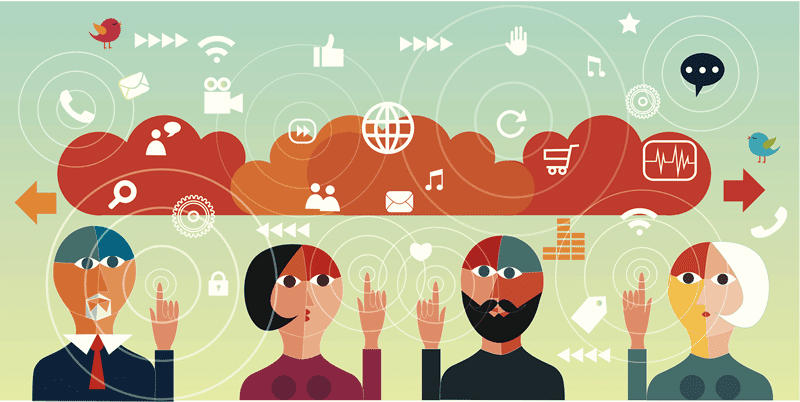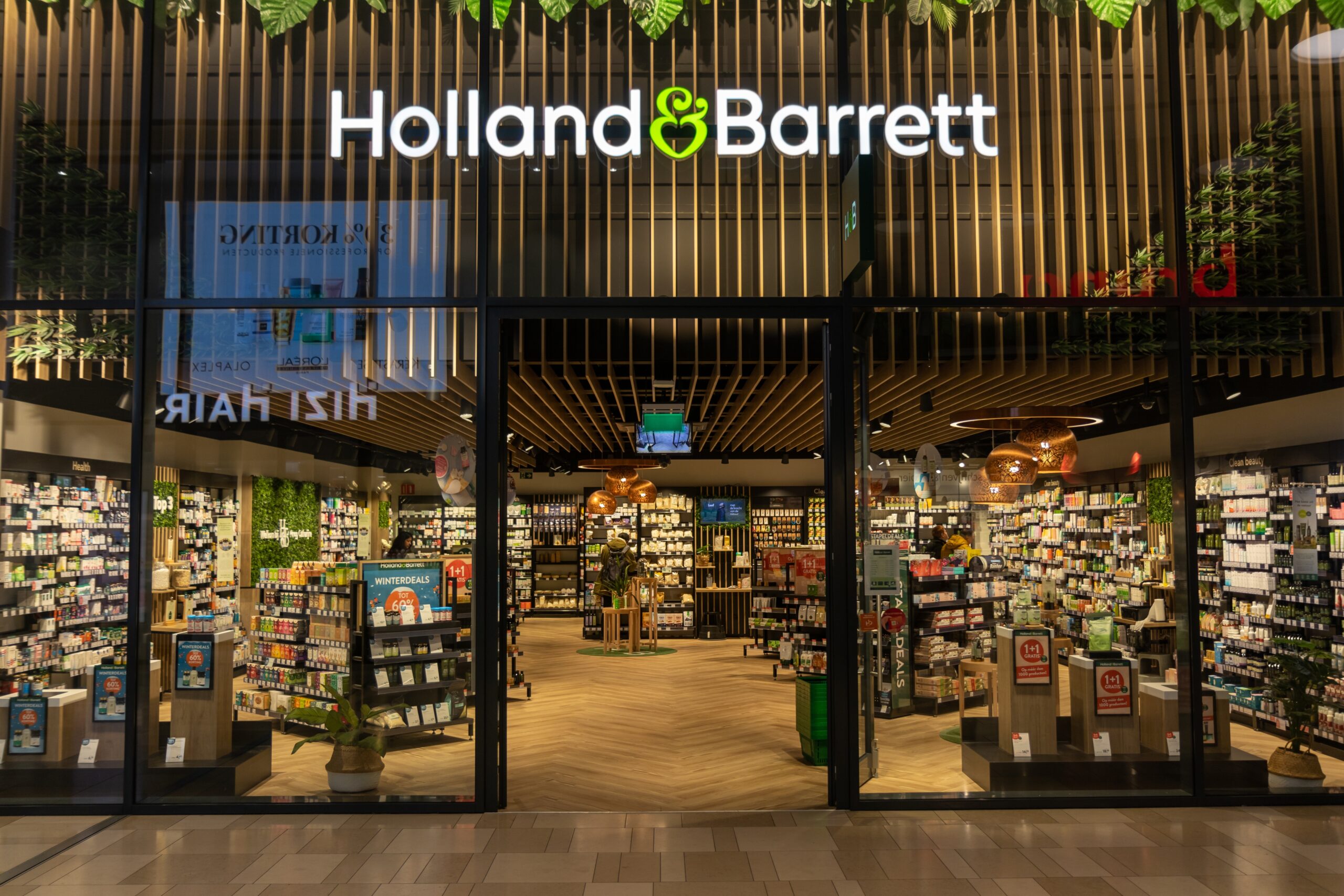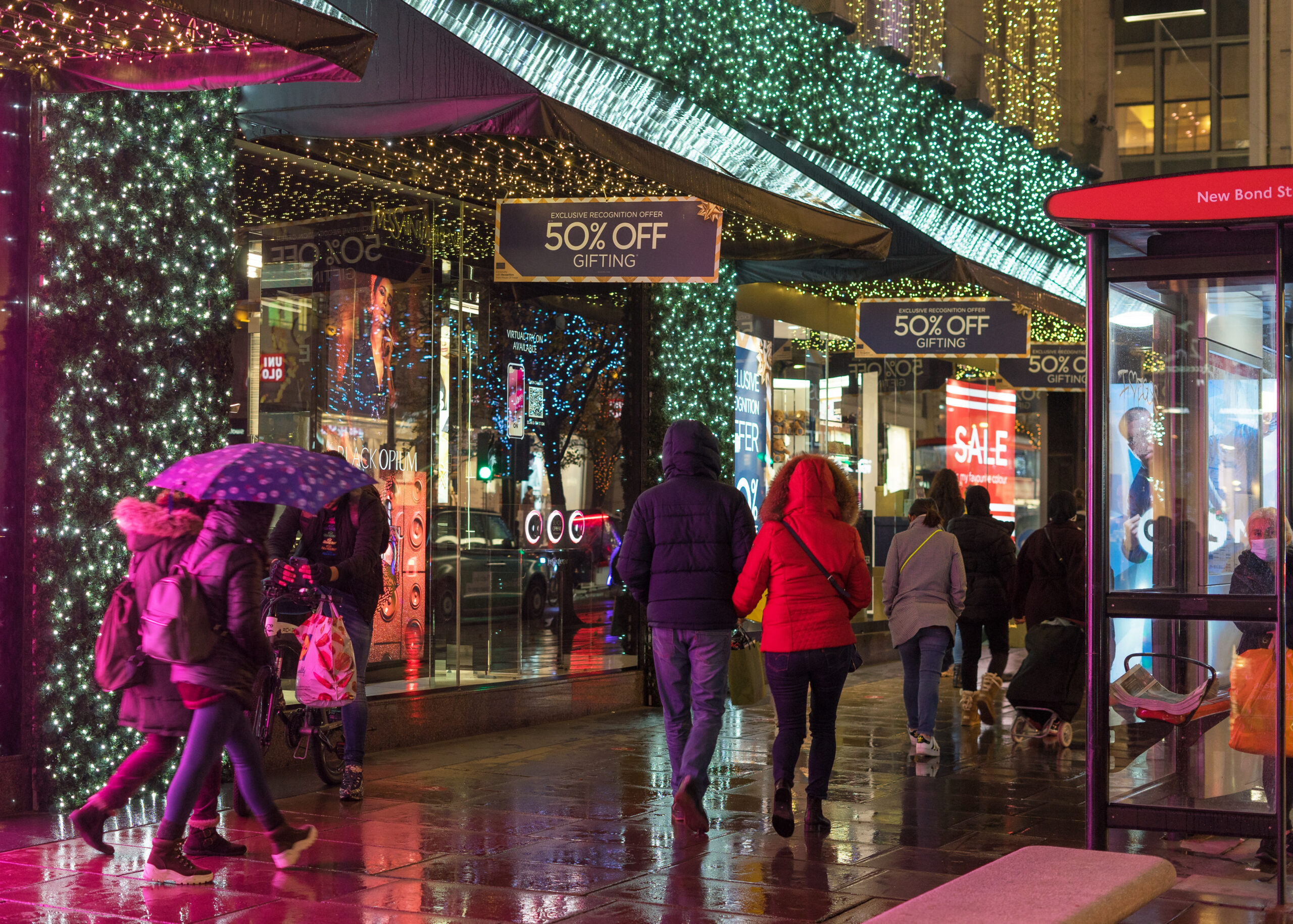The elements that make up a good customer experience are easy to identify, but implementation can be tough to get right. Jonathan Wright considers how the discipline of user experience is evolving in a cross-channel world.
The elements that go to make up a good, or better still great, customer experience are easy to identify when it comes to digital commerce. To quote Sarah Roberts, user experience director with agency cxpartners. “From what we see and from talking to different kinds of customers, the basic needs are more or less the same: ‘I want to find something, I want to put it in my basket, I want to buy it and I want to get it home.’”
To that, we might add that, as customers, we want retailers to answer enquiries and deal with complaints promptly and politely. That’s why, when we compiled our initial research into The Customer Performance Dimension, we measured site engineering and site responsiveness, and responsiveness to enquiries via phone, email and Twitter.
Stepping out into the real world introduces further variables – ease and cost of parking, the variety of coffee shops and restaurants in an area, and so on – but in truth the fundamentals of providing a great customer experience cut across different channels. To quote the headline we wrote when we published the first results of our ongoing research, “speed, responsiveness and communication” will always be key.
Great, customer experience sorted then – and in one key respect it’s heartening to report there’s truth in this statement. As our senior researcher Martin Shaw notes in his analysing the numbers feature (page 12), IRUK 500 retailers generally score highly when it comes to page-load times for desktop sites. Leading the pack, we found that Elite retailer Schuh was close to flawless in site performance and site responsiveness. It’s worth adding that, with web technology maturing and costs of development coming down, smaller companies too are able to build superb sites.
Mind the gap
Look beyond this important but rather narrow definition of what makes for a great customer experience, though, and it’s less clear that retailers are always doing well. Even within the realm of site performance, Shaw notes that mobile sites are far slower to load. How do we explain this?
One answer is that mobile is a newer channel. While the initial dotcom boom was a turn-of-the-millennium phenomenon, the first-generation iPhone didn’t launch until 2007. Retailers clearly understand the importance of mobile, even if it too often took changes in customer behaviour to alert them, but these retailers have had less time to refine mobile sites and the technology is less mature. It’s an example of how the gap between intention and execution, between overarching theory and the nitty-gritty application of retail craft, can be huge.
So how can retailers close this gap? More pertinently, how can retailers close this gap at the same time as negotiating the move to an omnichannel world, where customers don’t just expect a great experience in one channel but across different – and seamlessly linked – channels?
That’s a question that it’s impossible to answer solely from what we might call a narrow user experience perspective, through measuring and observing online behaviour. This in itself perhaps explains why, although the terminology is rather blurry here, the discipline of user experience, rooted in the digital world, appears to be merging with that of customer service design, traditionally more associated with behaviour out in the messy world of the high street.
Build around the customer
Whatever terminology we use, one thing is certain: efforts to improve customer experience and service need to be constructed around, well, the customer. This may initially seem confusingly self-referential, but it’s important because it’s an idea that forces retailers to look at the overall experience across channels. It also forces retailers to ask such deceptively simple questions as that posed by Sarah Roberts when she suggests that customer service (as opposed to customer experience) is becoming a key point of differentiation: “What does customer service mean to a customer?”
It turns out the only way to find out is to ask customers and to analyse their behaviour not just on the website, but across channels. Ask Roberts whether companies need to focus on, say, technology or company culture when it comes to improving customer experience and customer service, and her answer is unequivocal.
“We always say it has to start with the customer – always,” she says. “Meeting the needs and expectations of the customer is what should influence business transformation. Tech comes last really.”
Such analysis can produce surprising results. Often, there are pain points around aspects of customer experience and customer service that retailers don’t know about. It may be, for example, that a retailer isn’t offering delivery options that suit the consumer. This apparently simple insight, says Roberts, can have huge knock-on effects on the way the retailer does business.
“We go back and challenge that, say, ‘This is one of your best customers’ pain points, they’re not getting the type of delivery at the times that they want it, so what is the shift within your business and what is the cost to you as a business to enable that to happen?’” she says.
“When they’ve looked inwardly and worked that out, they’ve actually found solutions, saying, ‘You know, the pay off is not so bad, we need to do this.’ That has influenced change within the organisation that is deep, deep behind the scenes of what you see on the website.”
Improving customer service
If this sounds expensive, it’s important to realise that many of the changes companies can make don’t need to cost a fortune. To move to the part of our research around responsiveness to enquiries, human beings hate to wait. The advent of digital technologies seems to have made us even less patient: if we can send an email or tweet that reaches a respondent instantly, why should we have to wait a day for a reply? Despite this, many retailers are still slow to get back to customers.
ore subtly in terms of cost issues, when we speak about customer service and customer experience, we’re not equating this with somehow doing all that can be done, as a true luxury retailer might for its most valued customers. Actually, shoppers are pretty savvy about what constitutes an appropriate level of customer service, but they do expect experience and service levels that seem to tally with to what they’re paying – and preferably slightly better than they might expect.
Turning again to the retailers that performed well in The Customer Dimension, yes, it includes Burberry within the Elite group, but the four retailers that make up the Leading group here, Ebuyer , Majestic Wine, Moss Bros and Morrisons, are hardly luxury brands. Rather, they’re retailers that have got some of the basics of customer service and the customer experience right.
Indeed, customer service may matter even more when margins are tight. Sarah Roberts has done a lot of work with retailers that sell discounted goods, where competitors are able to offer customers many of the same kinds of deals. In this sector, she says, a well-chosen service initiative can help a retailer stand out from the crowd. “[It] could be anything from free delivery to packaging the product up in a really beautiful way and sending the product out within 24 hours,” she says.
Lessons from the discounters
The rise of the discount supermarkets within the UK also has much to tell us here. It’s a story that’s about more than household budgets becoming tightly stretched in the wake of the global financial crisis. In particular, keen prices don’t entirely explain why middle-class shoppers, who can clearly afford to go elsewhere, have started using Aldi and Lidl.
One reason they’re being drawn in is because of the customer experience. Yes, the selection of items on sale may be narrower than in the big four, although the discounters are careful to sell ‘luxury’ items too, but it’s perfectly possible to buy a basic weekly shop of staples – items such as cans of tomatoes, main course ingredients, dishwasher tablets and pasta – quickly and easily.
Indeed, it may be that customers who are time poor are coming to relish not having to choose between a dozen sorts of ketchup. At Lidl, the sweets aisle is first, meaning children don’t pester parents late on in the shopping process when everyone is tired. The service at the till is polite and efficient. Store locations are carefully chosen so it’s easy to park.
In short, the German supermarkets aren’t just pile-it-high-and-sell-it-cheap retailers, the customer experience has been carefully calibrated. The big four supermarkets, which have struggled in recent years, should perhaps be relieved that, as yet at least, the discounters’ business model doesn’t work in the online world, although recently it’s been reported that Lidl is planning to sell wine online to UK customers.
The discounters also offer another lesson that’s always worth revisiting: things change within retail. Ten years ago, when Tesco was in its absolute pomp, it appeared as if nothing could stop the company. Today, it’s closing shops and mothballing superstores that never even opened. Whatever the wider reasons for its relative decline – and it’s worth remembering it’s still a company with a turnover of more than £60 billion – changes in customer behaviour have been a big factor.
There will always be room for retailers that, as the discounters have done, work out how to challenge incumbents. Imaginative approaches to the customer experience will often be key to such retailers’ strategies – provided, that is, the retailers remember to ask what kinds of experiences and services customers want.
Enthusiasm, advises Sarah Roberts, needs to be tempered by realism and an attention to the bottom line: “Clients sometimes come to us and talk about innovation in terms of, ‘We want something that’s whizzy and wonderful,’ and that’s all great, but you don’t [go to the] design [stage] unless there is a customer need for it.”
Website design and the real world
As user experience and customer service design increasingly merge, interesting new approaches to cross-channel retail are beginning to form. Part of the process at cxpartners, says Sarah Roberts, is to observe customers within cross-channel retailers’ real-world stores, even if the company’s brief is only to improve the online experience.
“We still take the time to look in-store and observe those customers, and talk to those customers, because to the customer, whether it’s online or offline, it’s still the same brand, it should still be the same experience,” she says.
This has produced some unexpected insights around the way retailers display goods online. “Recently, we’ve spent a lot of time looking at information architecture on sites,” says Roberts. “It sounds really basic – really, really basic – but this was all born out of watching people in-store and watching how stores laid out their floorplans, and how they group products, and how they display products. We looked online and there was quite a difference to what they were doing. Also, the [online] groupings didn’t seem to make sense and the categorisation [didn’t seem] to make sense, from a customer perspective.
“So we started to pull that apart, and went into the data and had a look at all of those groups, and restructured it and ran tests on it. We found that we increased the ‘findability’ of products by over 50%: people were able to find products far, far quicker, so that’s one thing that we managed to fix, and that kind of fix has a massive impact on conversion and customer satisfaction.
“So coming back to mapping and really understanding what a customer’s pain points are, if you can tackle that, and find a solution for it, test it and validate it, then you’re on your way.”






